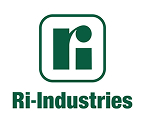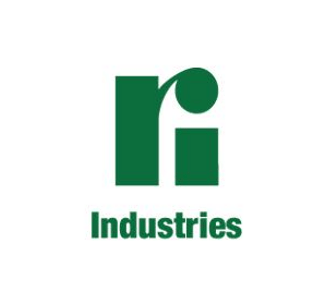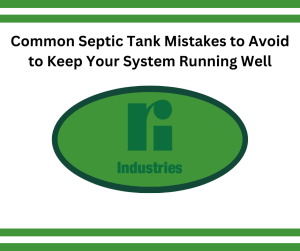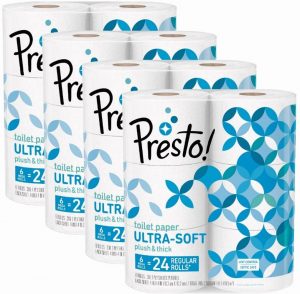What happens when a septic tank is pumped? What is the process and where do the contents go? If you own a property that has a septic tank, you may be curious.
First, let’s quickly recap how a septic tank works. Simply put, septic tanks allow for the safe disposal of certain household waste products. Wastewater flows down through the sewer pipes in your home and enters the first chamber of the tank, allowing solids to settle (sludge layer). A crust then forms on the surface of the effluent, known as the scum layer. The settled solids are anaerobically digested, reducing the volume of solids. The liquid component flows through the dividing wall into the second chamber, where further settlement takes place, with the excess liquid then draining in a relatively clear condition from the outlet into the soakage field. To learn more, see our articles How a Septic Tank Works and How Do Sewage and Effluent Move Through Septic Systems?
Soil, sludge, excrement and solid waste will build up in the tank over time, eventually requiring the tank to be pumped to make room for more waste to be added. Waste disposal companies begin the pumping process by emptying the tank and removing all the solid waste that has been collected. A tank truck with suction gear, called a gully sucker, collects the waste by sucking the wastewater and sludge from the tank. Once the tank is emptied, the contents will be transported for disposal.
The South Australian government dictates how the contents are to be disposed of. “Septage must either be taken to a facility licensed to receive septage or where this is not reasonable or practicable, applied to land only if for beneficial reuse (for example, in regional locations or small townships).”
We know talking about waste products is not a fun topic, but for those who use septic tanks, this information is important. Knowledge can help keep the septic system running smoothly. For more information on our septic tanks or any of our products, please call 08 8444 8100.













 Ri-Industries is pleased to announce our new Ri-Treat product called the
Ri-Industries is pleased to announce our new Ri-Treat product called the 